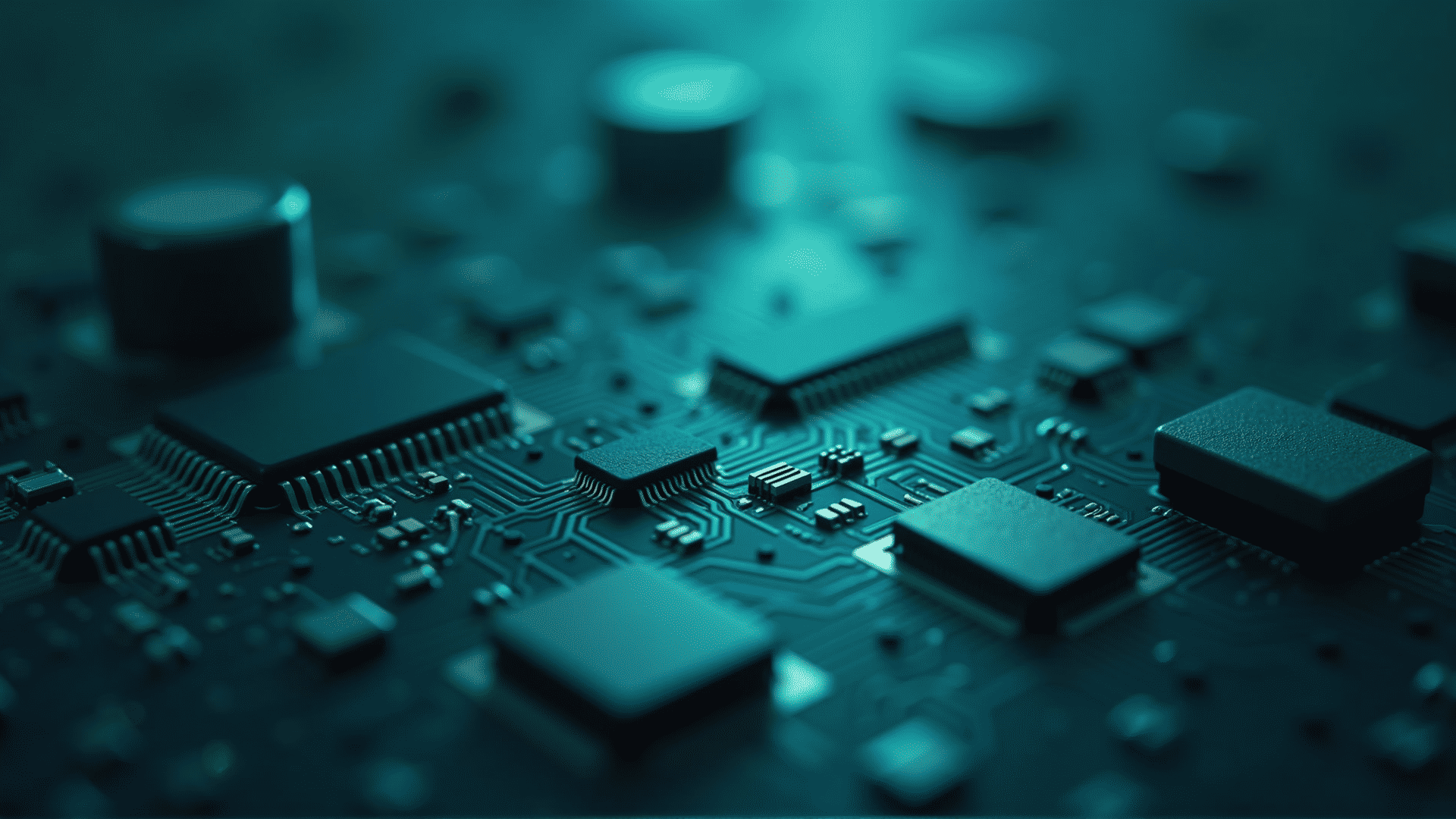The advent of nano-electronics is transforming the landscape of technology, offering the tantalizing promise of devices that are not just smaller but also remarkably smarter and faster. At the heart of these advancements is a stunning revolution in how we understand and manipulate materials at the atomic and molecular scales. Among the most exciting contributions to this field are the recent breakthroughs by Aviator, a key player in pushing the boundaries of what's possible in electronics.
Nano-electronics harnesses the unique properties that materials exhibit at the nanometer scale—largely due to quantum effects and surface phenomena. At dimensions roughly 1/1000th the thickness of a human hair, materials exhibit electrical conductivity, strength, and reactivity far different from their macroscale counterparts. It's this revelation that is driving a renaissance in electronic innovation, providing a pathway to potentially transformative applications across multiple domains.
Aviator's latest innovations illustrate the profound impact of nano-electronics. By leveraging state-of-the-art nanofabrication techniques, Aviator has developed transistors that shatter past performance benchmarks. These new transistors utilize two-dimensional materials that are just an atom thick, such as graphene and transition metal dichalcogenides (TMDs). These materials allow electrons to travel with minimal resistance, leading to unprecedented speeds and efficiency.
One of Aviator's standout breakthroughs involves the integration of quantum dots into traditional semiconductor architectures. Quantum dots—nanoscale semiconductor particles with distinct electronic properties—have been shown to enhance the performance of optoelectronic devices, such as photodetectors and solar cells. Aviator's approach improves energy conversion efficiencies, promising longer device lifespans and better performance at reduced power consumption.
With devices becoming smarter, Aviator has also concentrated its efforts on developing neuromorphic chips—hardware that mimics neural networks of the human brain. Utilizing materials that exhibit memristive and ferroelectric properties at the nanoscale, these chips drastically improve learning speeds and computational power while consuming significantly less energy compared to traditional processors.
Moreover, the societal implications of this nano-electronic evolution are profound. In medical technology, for instance, ultra-sensitive nanosensors developed by Aviator could revolutionize diagnostics, detecting diseases in their earliest stages with pinpoint accuracy and offering new avenues for personalized treatment. In consumer electronics, the push towards more sustainable technology means that the power-guzzling devices of today could soon be replaced by versions that are environmentally conscious and universally accessible.
However, as with any technological leap, the rapid progression in nano-electronics is accompanied by challenges. Manufacturing at such scales demands precision and resource allocation that can strain existing industrial capabilities. Furthermore, as these tiny but powerful devices proliferate, issues of privacy, security, and ethical data use become increasingly pressing, requiring robust frameworks to ensure responsible innovation.
In conclusion, the nano frontier in electronics represents an exhilarating chapter in technological advancement. As companies like Aviator continue to pioneer new methods and materials at the nanoscale, the prospect of smarter, faster, and more efficient devices is becoming reality. The ripple effects of these innovations will undoubtedly influence a broad spectrum of industries, heralding an era of unprecedented change and capability.
